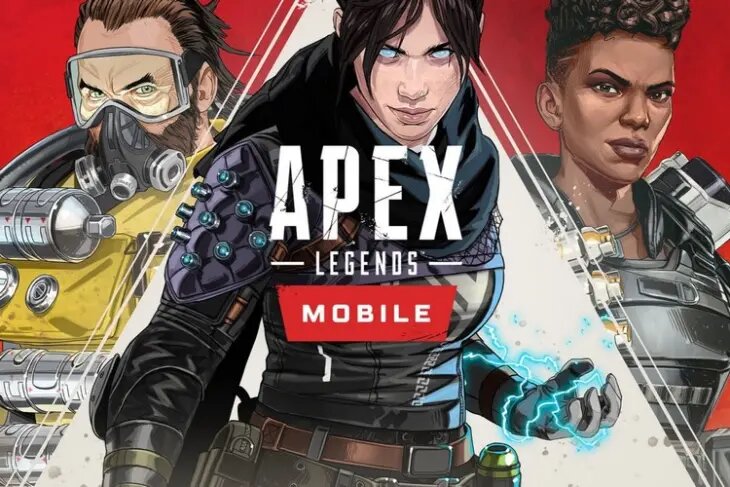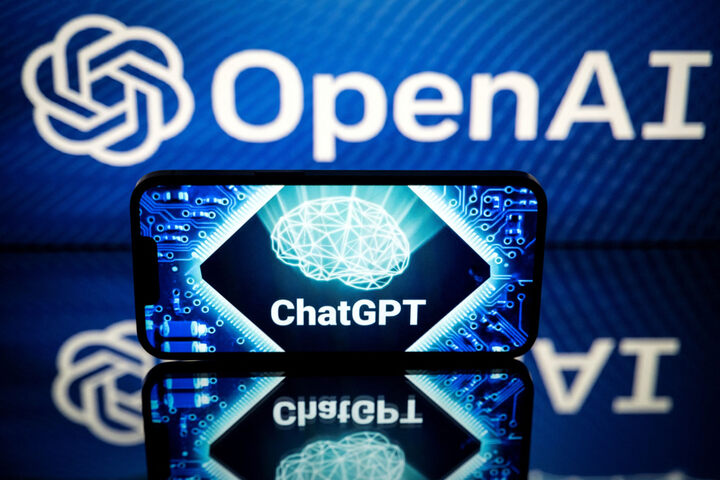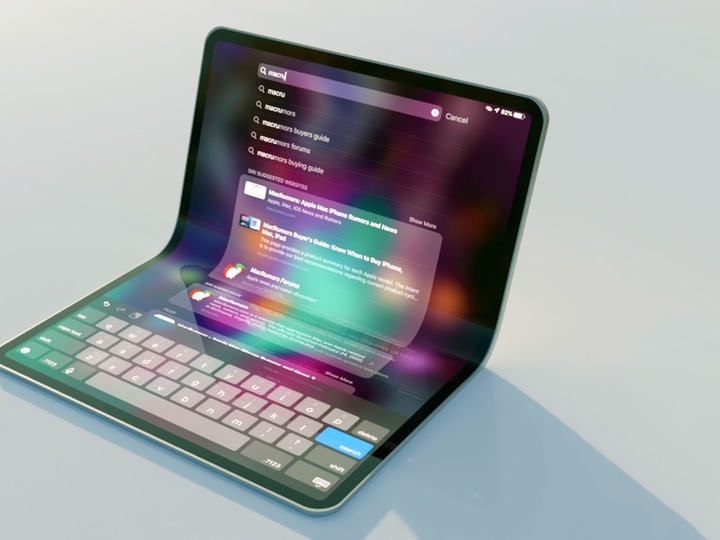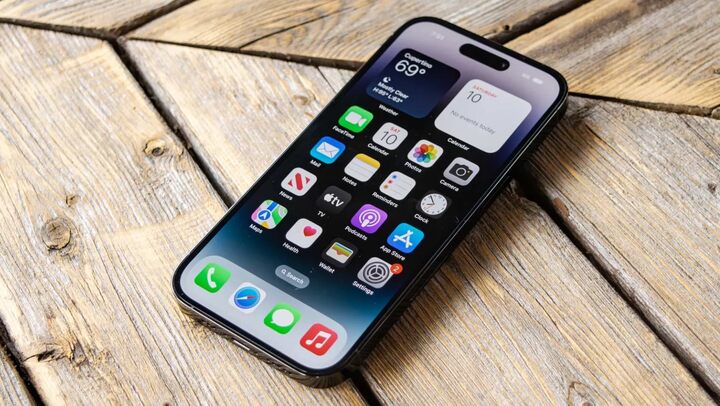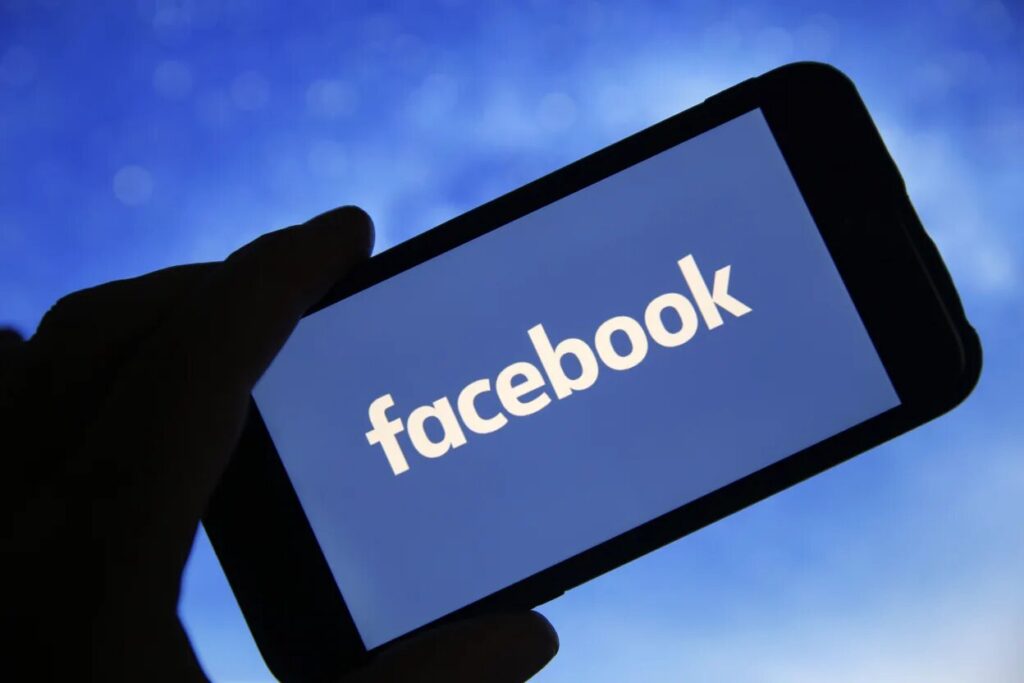Twitter to start charging developers for API access
Twitter will stop providing free access to the Twitter API on February 9 and instead will release a paid version as the mini-blogging platform owned by Elon Musk tries new ways to profit from the platform.
The Twitter Developer account announced in several tweets that the company will be discontinuing assistance for both the legacy v1.1 as well as the latest v2 Twitter APIs. It did not say how much it intends to begin charging for API usage right away.
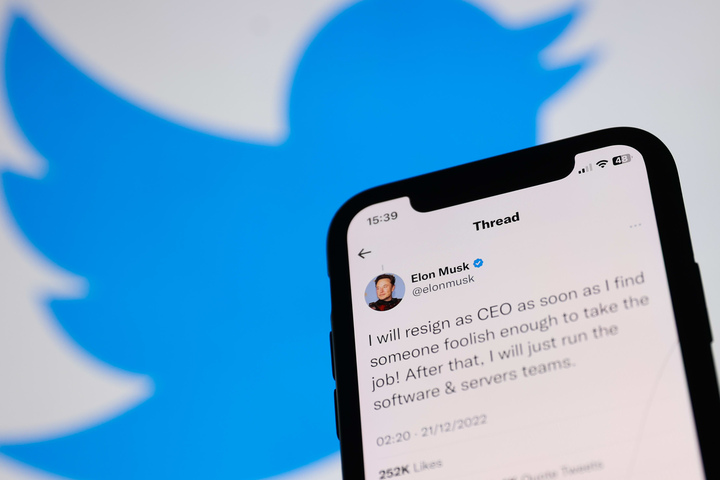
The change comes after Twitter suddenly changed the conditions of its API over the past weeks, the API seems to have been used by many famous Twitter service users, including Tweetbot and Twitterrific. The majority of third-party Twitter applications have discontinued their mobile apps.
“Twitter data are among the world’s most powerful data sets. We’re committed to enabling fast & comprehensive access so you can continue to build with us,” the Twitter Dev account said Thursday. “Over the years, hundreds of millions of people have sent over a trillion Tweets, with billions more every week.”
Source: techcrunch.com
In light of recent modifications which saw Twitter shutter third-party customers, several other application developers became wary of how they progressed development atop the Twitter API. This new change may force some devs to give up their brands or pass the expense on to their consumers.
Also Read: Why major advertisers are leaving Twitter?
Large numbers of developers use the Twitter API for a variety of purposes, including monitoring Twitter accounts and providing alerts. These are enjoyable side projects for those who are unwilling to pay service charges for something which they are not monetizing.
Then there’s yet another type of Twitter API user, the researchers. Twitter’s latest revelation could have an influence on research in a wide range of sectors, such as hateful speech and online harassment.
Academic institutions frequently use Twitter to understand human behavior in various regions. Limiting free API usage could also deter companies from developing methods to detect the dissemination of false information on Twitter.
Ever since its founding, Twitter has had an odd relationship with developers. But, even though there was an inconvenience, both parties benefitted from the relationship.
Also Read: What Does Twitter 200 Million User Email Leak Actually Mean?
Third-party companies were frequently the ones releasing new services and features for Twitter, and the social media platform helped by not charging people for API usage.
Twitter has even aimed to improve relationships with developers in recent times by introducing new programs such as the Twitter toolkit for app discovery. Several of these initiatives have been halted under the new administration.

I am a student pursuing my bachelor’s in information technology. I have a interest in writing so, I am working a freelance content writer because I enjoy writing. I also write poetries. I believe in the quote by anne frank “paper has more patience than person
